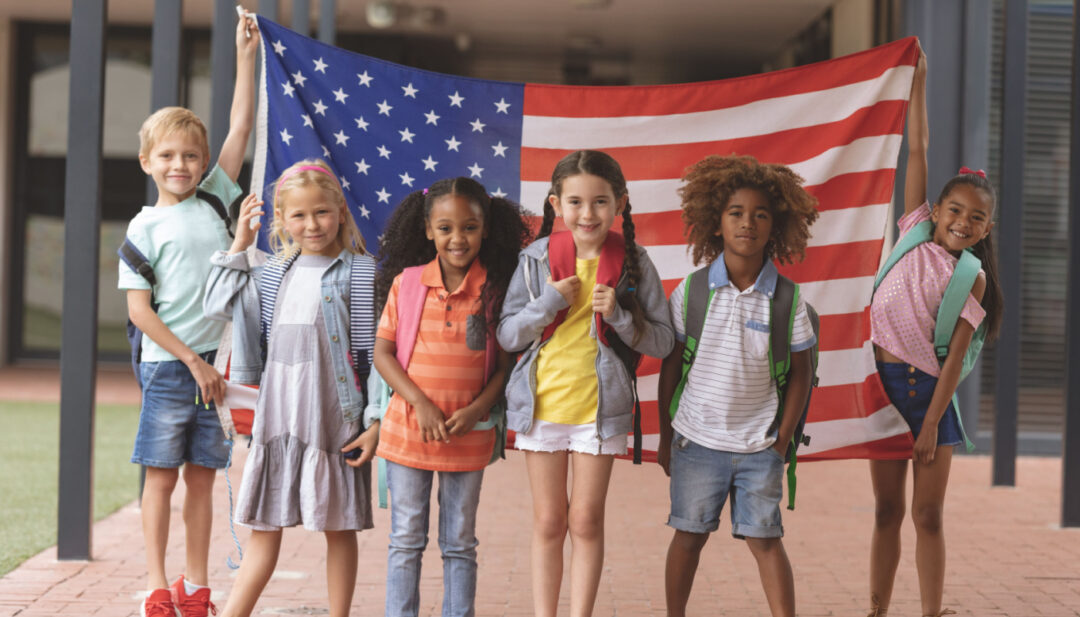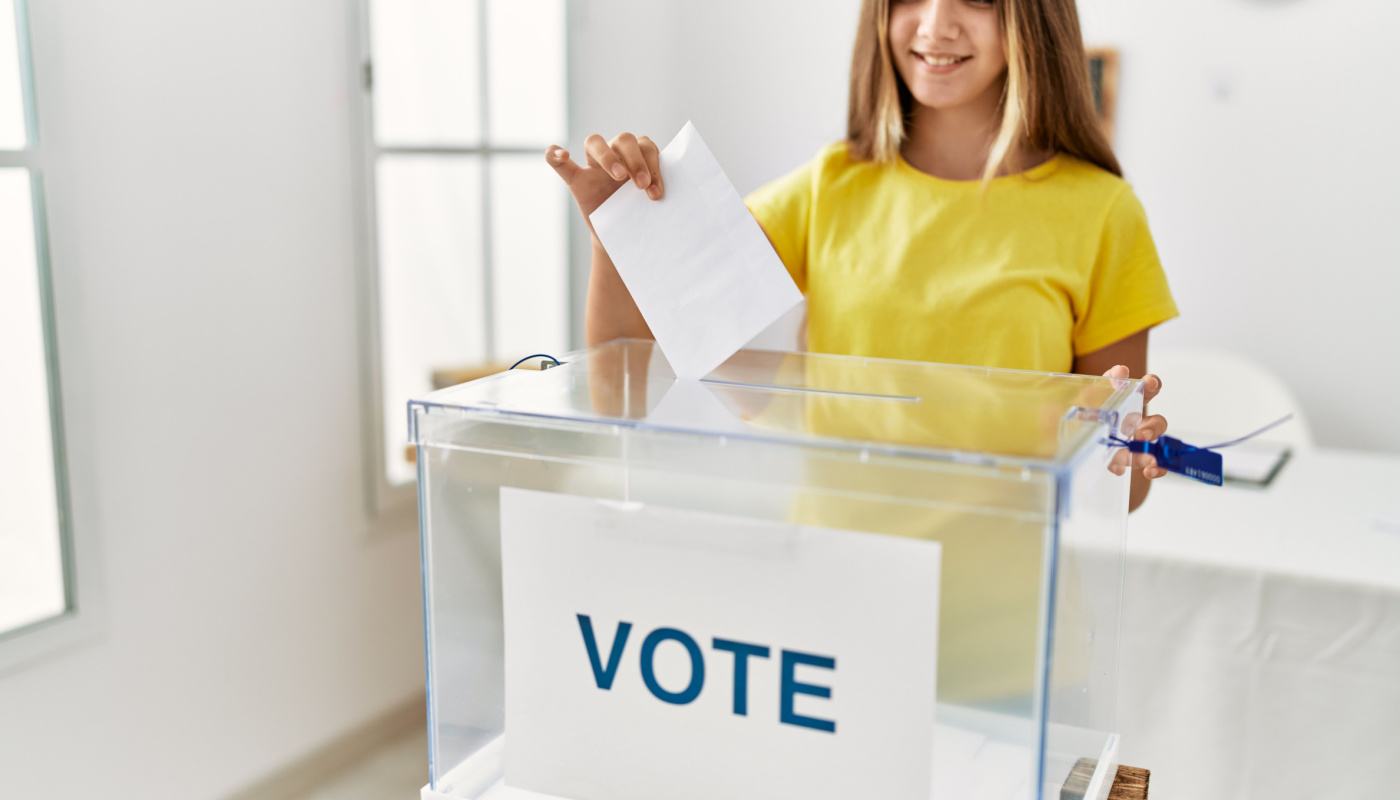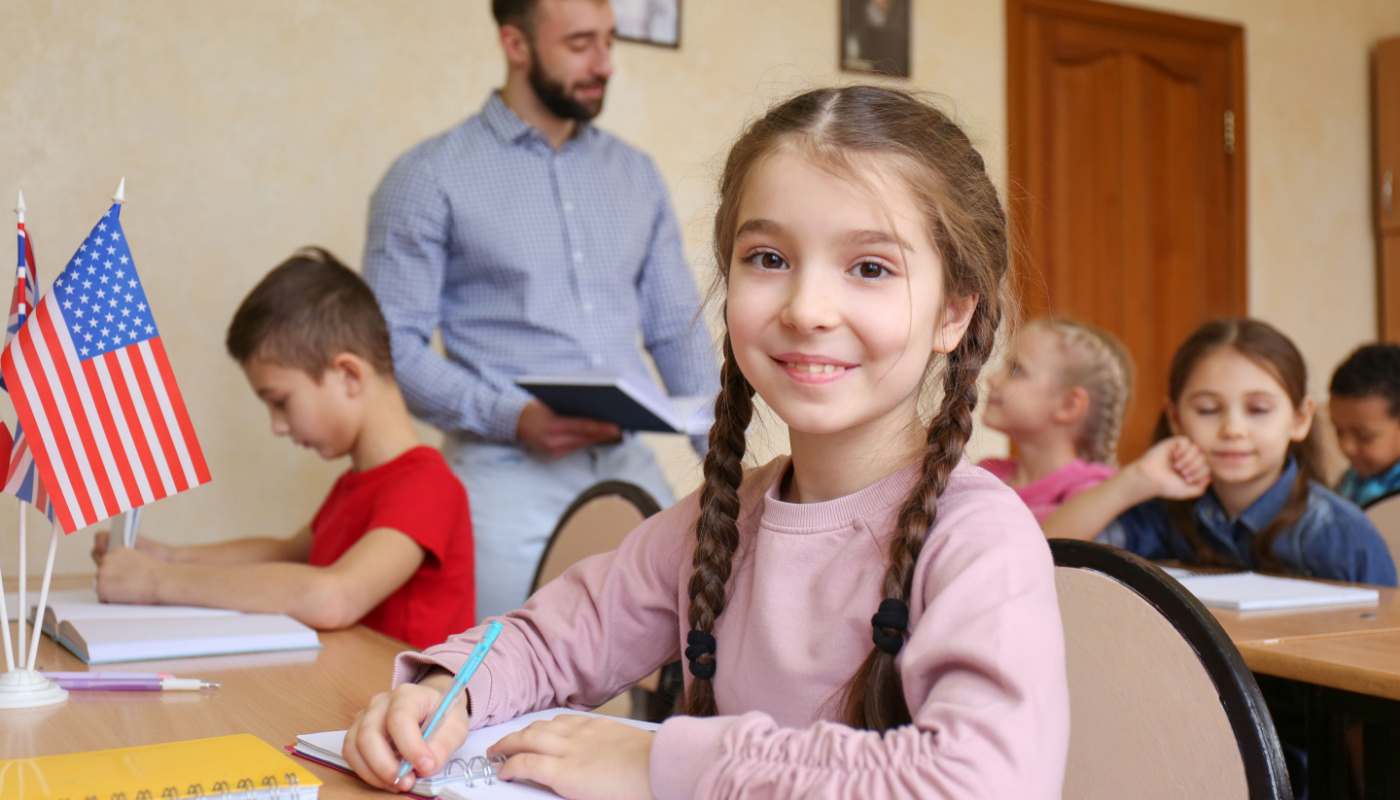
Citizenship is an integral aspect of society. It’s also important in the classroom: Students who learn about citizenship early in life develop a stronger commitment to doing good in the world. So what exactly is citizenship, and why is it so important for students to learn about it?
As we’ve discussed in our series on why learning matters, students who understand why they’re learning something are much more likely to engage with the material. Below, we look at why citizenship is important, and how to teach citizenship to students in a way that inspires and motivates positive action.
What Is Citizenship and Why Does It Matter?
Citizenship is important for developing a strong moral code in individuals, but it’s also important for creating a safe, supportive society while protecting democracy, according to Young Citizens.
“Citizenship education involves developing the knowledge, skills and confidence to enable people to make their own decisions and to take responsibility for their own lives and communities. And in many countries – where democratic society and its institutions are facing threats – citizenship education is becoming increasingly important.”
Citizenship should be approached from a global perspective. In addition to being citizens of a specific country, all students are citizens of the world.
“With the world becoming more globalized and interconnected, teaching children to be global citizens is paramount,” writes Gosia Jaros-White at Level Up Village. “With a global citizenship education, young people develop deeper awareness and empathy; can better understand complex realities of today’s world and communicate effectively with others; and hone their critical thinking and problem-solving skills to help them face the challenges of an interconnected world.”
Global citizenship is important for nurturing respect and tolerance while gaining perspective about your classroom’s place in the world. Essentially, students learn that they aren’t necessarily the center of the universe. This is equally important for schools with diverse populations and those without. If you have diverse cultures and backgrounds in your school, this provides an opportunity for students to teach one another about their backgrounds and to foster mutual understanding and respect for one another’s differences.
Teaching citizenship also allows students to understand the difference between being a citizen and practicing citizenship. “Active citizenship is important to a democracy, and it can take many forms,” writes the team at Elections Ontario. “A successful democracy relies on everyday ways citizens help each other and society.”
Voting is a form of active citizenship. So is volunteering to drive your elderly neighbor to the polls. Protesting is another form of active citizenship, as is meeting with elected officials and writing letters to them about causes you support.
“Being a good citizen goes beyond the black and white of politics,” writes Judy Ponio for Our Father’s House Soup Kitchen. “It doesn’t matter which side of the political spectrum you’re on. What matters is how you make this country a better place to live in.”
Ponio lists several ways that people can practice good citizenship, from volunteering in the community to standing up against injustice. You can lead a similar discussion in your classroom to talk about the actions of good citizens.

What Does Citizenship Learning Look Like?
Citizenship is interpreted and learned differently by students of different age groups. For example, young students aren’t going to learn details about the branches of government, and will likely be confused by the constitution. However, this doesn’t mean that teachers should skip teaching about citizenship.
“Being a productive and model citizen takes kindness, compassion, and empathy toward others,” says Margaret Paccione-Dyszlewski, director of clinical innovation at Bradley Hospital and assistant professor at Brown University. “Sometimes this requires extra tolerance, especially of people whose beliefs and attitudes are different from ours. This extra effort is usually appreciated by the other person and helps us learn more about those who are different from us.”
Even the youngest students can learn that having a curiosity about others and tolerance for different ideas can be beneficial.
As students get older, they can learn more about the technical points of our democracy and how it relates to them as citizens. Good Citizen, a non-profit that was created with the goal of helping young Americans become good citizens, has multiple lesson plans you can turn to. They cover a variety of topics, from the duties of elected officials to the role of special interest groups in our legislature.
If you teach advanced middle or high school students, you might be able to move past general discussions about citizenship and open your classroom to debates about various topics in the country. The team at Facing History has a toolkit for fostering thoughtful classroom conversations where students can share their opinions. They present topics like fair elections and political polarization that you can use as your classroom jumping-off point.
Finally, in today’s technology-focused classrooms, talking about digital citizenship is also important. Specifically, students need to learn how to represent themselves and behave online in a way that is safe for everyone. Kids of all ages are likely engaging with the internet in some way, which means it is never too early to talk about digital citizenship.
“Good digital citizenship for students engages them and shows them how to connect with one another, empathize with each other, and create lasting relationships through digital tools,” writes Chris Zook at Applied Educational Systems. He includes resources for teaching about the internet and connecting this information to your digital citizenship lesson goals.

How to Teach Citizenship
As discussed, showing students how to be empathetic and tolerant is an important part of teaching citizenship. For a jumping-off point, The Bill of Rights Institute offers a lesson plan idea on what it means to be an American. You can make this a capstone project or simplify it to meet your needs. This is part of their greater “Being an American” curriculum.
While you can talk about citizenship throughout the year, mark October 27 on your calendar. This is National Civics Day and you can develop classroom activities that talk about citizenship and what it means to be an active participant in the country. The Albert Shanker Institute has a particularly meaningful lesson plan designed to give all students a chance to speak up and share their opinions.
Another idea is to hold mock elections for fictional characters. Sam Davidson at Night Zookeeper describes a project in which students elect a mayor for the zoo. Students have to make cases for why certain animals would make good elected officials and support their communities.
You can turn this into a Halloween activity with spooky monsters. A group of students can lobby for the election of Dracula while another group tries to get Frankenstein elected. Involving fictional characters can make discussions about elections less polarizing, especially for students who are starting to form their own political beliefs or for learners who might still be parroting the sentiments they hear at home.
You don’t need to limit your citizenship discussions to the social studies or civics classroom, of course. Teachers across all subjects can talk about what it means to be a good citizen. Connie Flanagan at SportsEngine highlights how playing sports is a great way to introduce the concept of citizenship and democracy to students.
“The foundation for citizenship is a sense of attachment to a community that is larger than oneself, a feeling of membership and bonding with others beyond our families,” she writes. “In team sports, each player has to accept responsibility for putting forth the effort, for doing her or his part for the good of the whole.”
Teachers play a role in fostering good citizenship on a daily basis. While students are citizens of their country, they are also citizens of your classroom and their school. By creating an open and accepting classroom environment, you can help students apply the concept of citizenship to the outside world.
Post updated 10/31/23. Originally published 3/17/20.
Images used under license from Shutterstock.com.


What do you think?